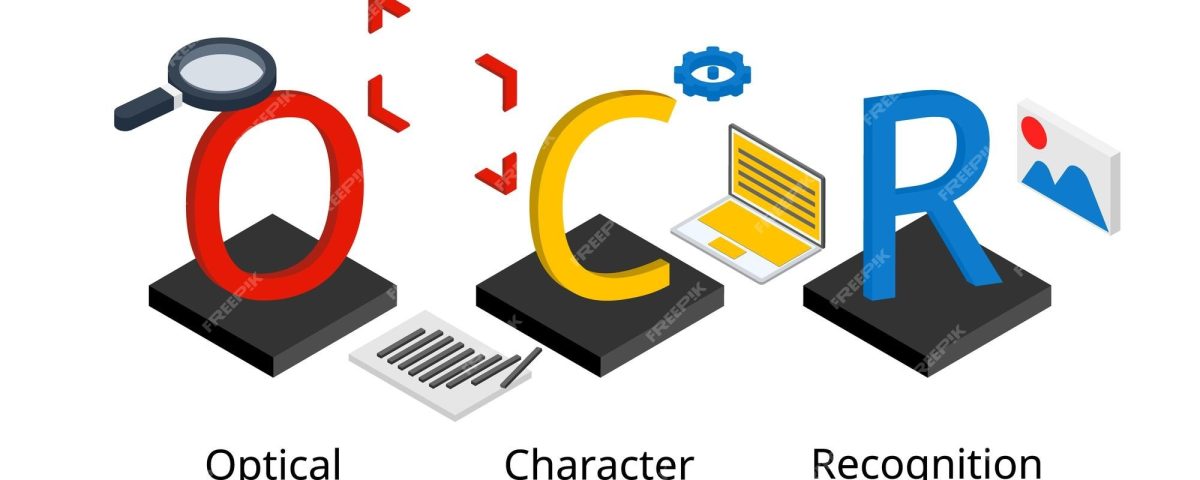
The Role of Optical Character Recognition (OCR) in Digitizing Print Content in the Publishing Industry
September 27, 2023
OCR and Privacy: Addressing Concerns and Ensuring Data Security
September 30, 2023In the ever-evolving landscape of technology, Optical Character Recognition (OCR) has proven itself to be a pivotal player, continually transforming the way we interact with printed and handwritten text. As we step into 2023, this article delves deep into the Current State of OCR, providing insights into its advancements, applications, and the impact it has had on various industries.
OCR Technology Evolution
OCR technology has come a long way since its inception. Over the past decade, OCR has experienced a significant evolution, thanks to the convergence of several technological advancements, including Artificial Intelligence (AI) and Machine Learning (ML). OCR systems in 2023 are more accurate, efficient, and versatile than ever before.
AI and ML Integration
One of the key drivers of OCR’s progress has been the integration of AI and ML. These technologies have enabled OCR systems to learn and adapt, improving their accuracy in recognizing not only printed text but also handwritten and cursive script. Machine learning algorithms can now analyze context, making OCR capable of deciphering complex documents with greater precision.
Deep Learning Models
Deep Learning, a subset of ML, has had a profound impact on OCR. Deep Neural Networks, such as Convolutional Neural Networks (CNNs) and Recurrent Neural Networks (RNNs), have become standard tools in OCR. These models can process and interpret images, enabling OCR to handle various fonts, languages, and even low-quality scans with remarkable success.
Neural Language Models
In 2023, OCR benefits from advanced neural language models, which can contextualize text even further. This development has led to significant improvements in OCR’s ability to handle documents with intricate layouts and formatting, making it invaluable for tasks like data extraction from invoices, forms, and contracts.
Applications of OCR in 2023
The utility of OCR has expanded beyond traditional document digitization. In 2023, OCR finds application in diverse fields, each benefiting from its capabilities.
1. Document Digitization and Archiving
OCR continues to play a crucial role in converting physical documents into digital formats. This has simplified information retrieval, reduced storage costs, and enabled efficient document management in various sectors, including healthcare, legal, and finance.
2. Enhanced Data Extraction
OCR has revolutionized data extraction from unstructured text. In 2023, businesses rely on OCR to extract valuable insights from invoices, receipts, and contracts, facilitating better decision-making and automation of processes.
3. Accessibility Solutions
OCR has empowered the visually impaired by converting printed or handwritten text into accessible digital formats. Modern OCR systems provide real-time text-to-speech capabilities, making printed materials more inclusive.
4. Language Translation
With advancements in neural language models, OCR can now recognize and translate text from one language to another in real-time, facilitating global communication and cross-border information exchange.
5. Improved Customer Service
In the customer service sector, OCR-powered chatbots and virtual assistants enhance user experiences by quickly processing and responding to handwritten and printed customer queries and feedback.
OCR Challenges and Future Directions
While OCR has made remarkable strides, challenges persist in 2023. Some notable areas that warrant further research and development include:
1. Handwriting Recognition
Handwriting recognition remains a complex challenge for OCR systems, particularly when dealing with diverse handwriting styles and languages. Addressing this issue could open new avenues in OCR application.
2. Multilingual Support
Improving OCR’s ability to handle multiple languages seamlessly is essential in a globalized world. Further developments in this area will be crucial for international businesses and organizations.
3. Data Privacy and Security
As OCR becomes more integrated into everyday processes, data privacy and security concerns emerge. Ensuring that OCR systems comply with stringent data protection regulations will be paramount.
4. Edge Computing Integration
The integration of OCR into edge computing devices can enhance real-time processing and reduce latency, making it more accessible for applications like autonomous vehicles and robotics.
In conclusion, the state of OCR in 2023 reflects a journey of significant advancements and growing potential. As OCR continues to evolve, its application in diverse fields is set to expand, making it an indispensable technology in our digital age. However, researchers and developers must remain vigilant in addressing challenges to ensure that OCR remains accurate, efficient, and secure in an ever-changing technological landscape.


